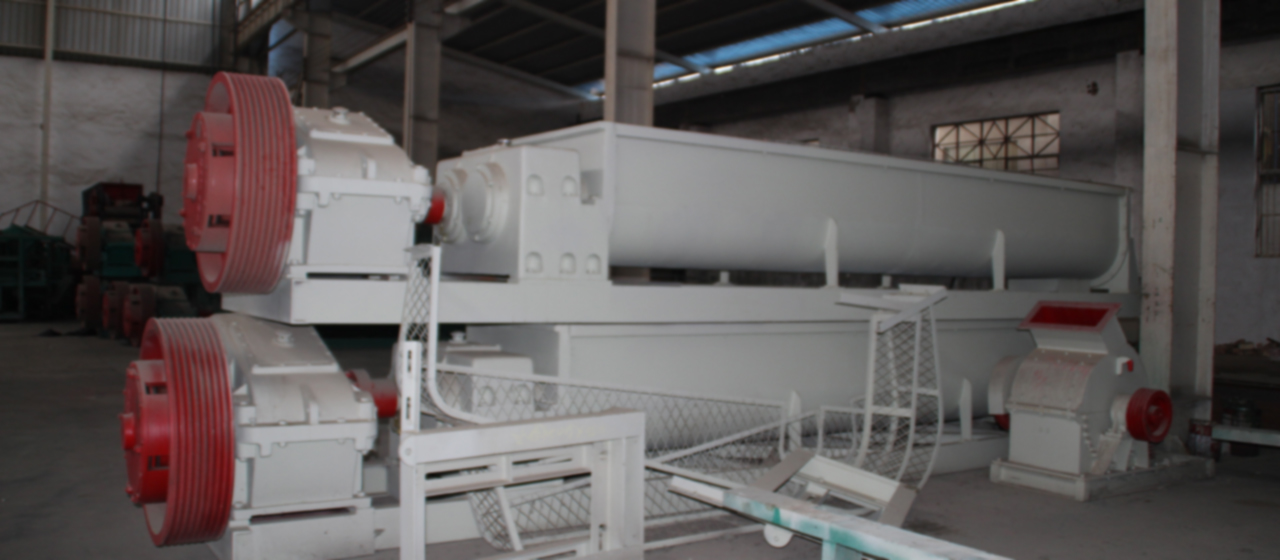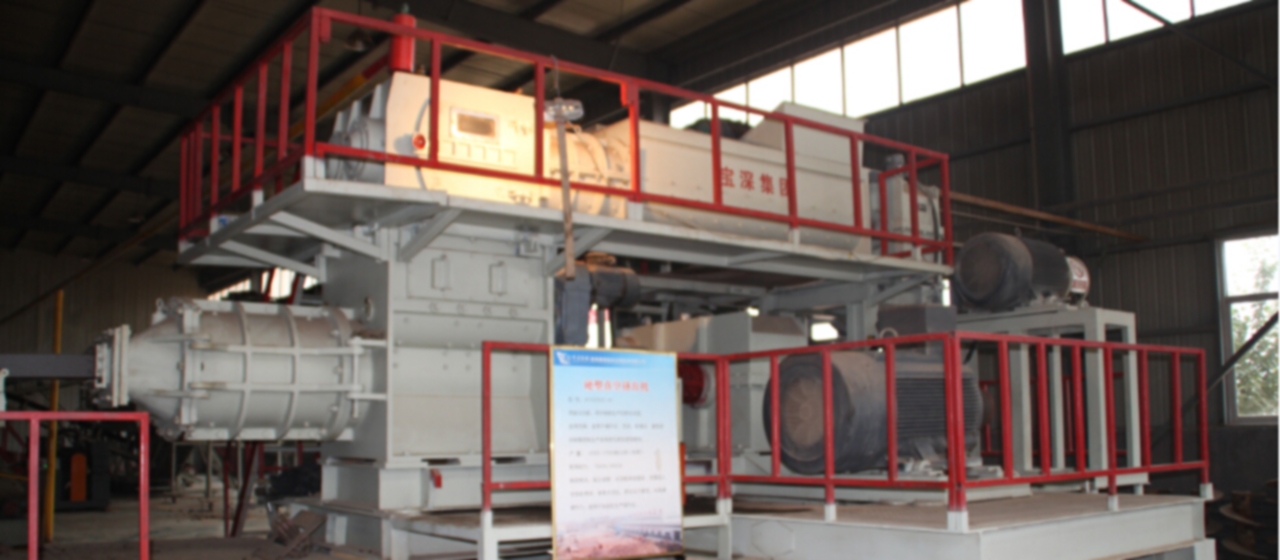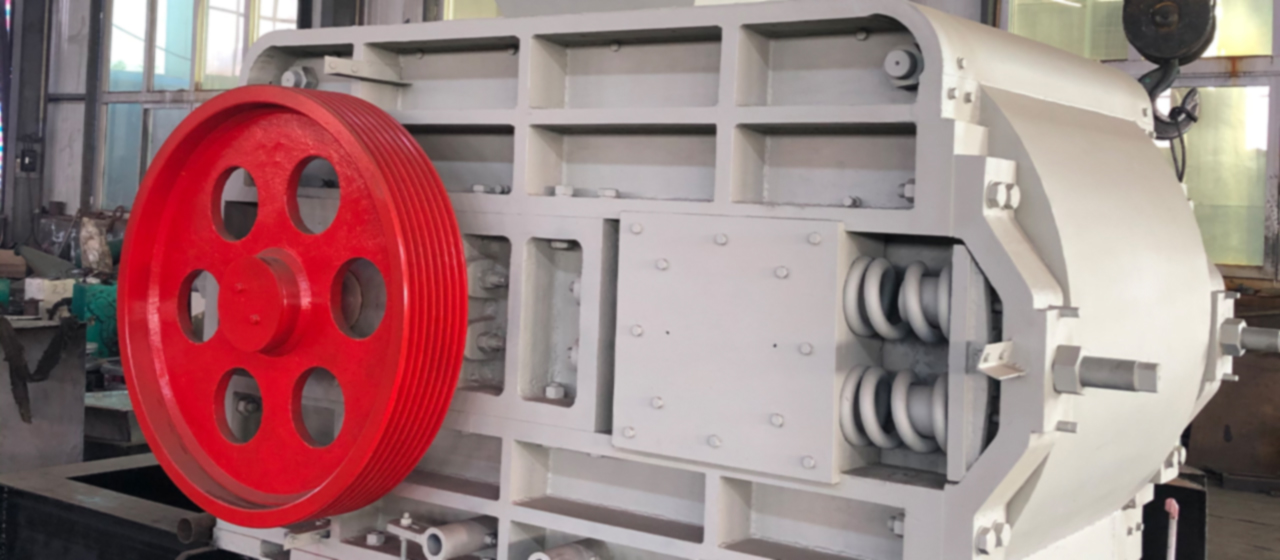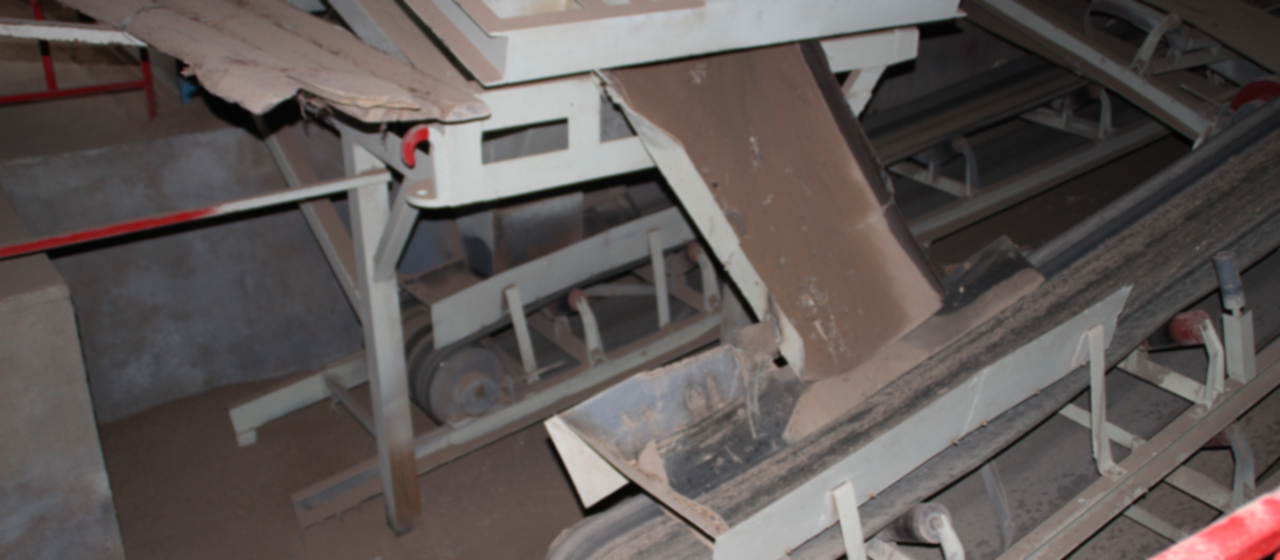hollow bricks
After the hollow bricks enter the construction site, a certain number of products should be selected according to the usage requirements, and a batch should be taken every 30000 pieces, and sent to the building material testing station for testing.
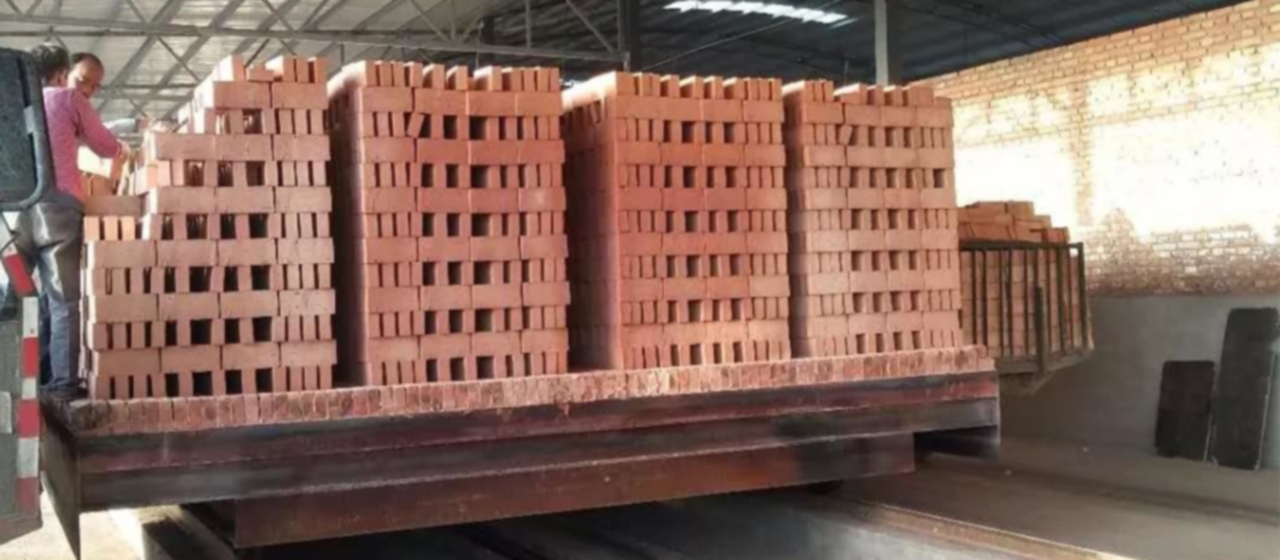
2. The sand used for masonry mortar should be medium sand, which should not contain harmful impurities. The sand should have a mud content of ≥ M5 mortar
Not exceeding 5%.
3. Masonry cement: Before the cement is put into use, it should be retested in batches (bulk cement ≤ 500t/batch, bagged cement ≤ 200t/batch) for strength and safety before use. Cement entering the site for more than three months must undergo retesting and be used according to the retesting results. The water used for mortar is tap water
Secondly, material transportation and stacking
Porous bricks or hollow bricks should be transported and stacked to minimize collisions as much as possible. Special fixtures should be used during loading and unloading, and it is not allowed to manually throw bricks into the transportation vehicle. It is not allowed to directly dump or throw them, causing damage to the appearance of the product. Porous bricks or empty bricks should be sorted and neatly stacked after entering the construction site, and the stacking height should not exceed 20 bricks. The product should be placed on a flat terrain that can withstand its own load
Finally, the most basic requirement is
1. Hollow bricks should be watered 1-1.5 days in advance at room temperature for masonry. If watered temporarily, the bricks may not reach the specified humidity or there may be water film on the surface, which may affect the strength of the masonry. The moisture content of bricks during masonry should be controlled within the range of 10% -15% (the moisture content is calculated as the percentage of wet water weight to dry brick weight).
When building walls with hollow bricks, they are generally parallel to the ground.
3. When the wall is built to the bottom of the beam and slab, a gap of 100-200mm should be left. After filling the wall, at least 7 days should be left before the sloping top is repaired. The mortar should be filled tightly or expanded concrete should be poured to prevent cracks from appearing at the bottom of the beam and slab.
It should also be noted that the masonry form.
1. Hollow bricks are generally laid side by side, with holes parallel to the length of the wall. When there are special requirements, the holes can also be in a vertical direction.
The thickness of a hollow brick wall is equal to the thickness of the hollow brick. Adopting fully parallel side masonry, the upper and lower vertical joints are staggered by 1/2 brick length.


